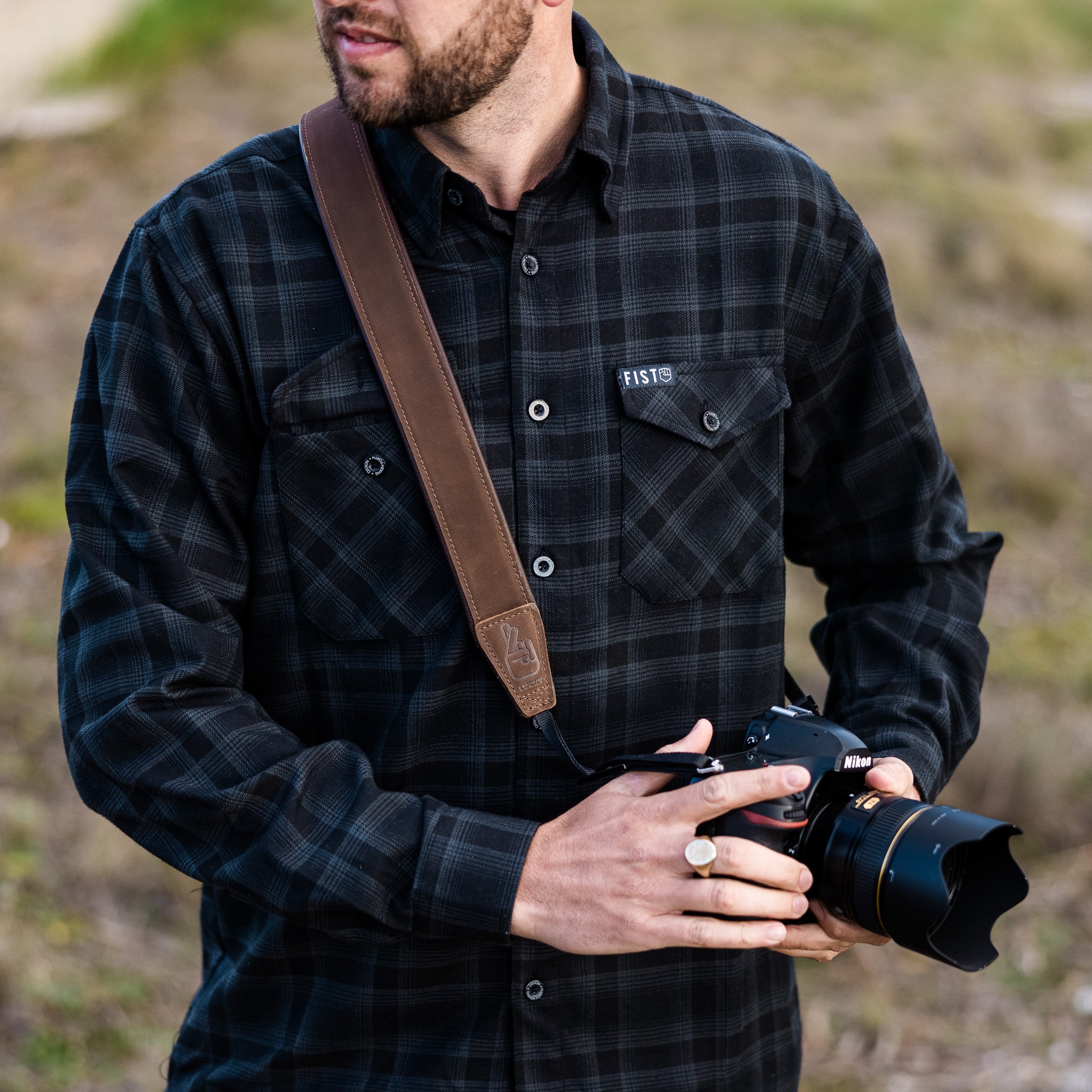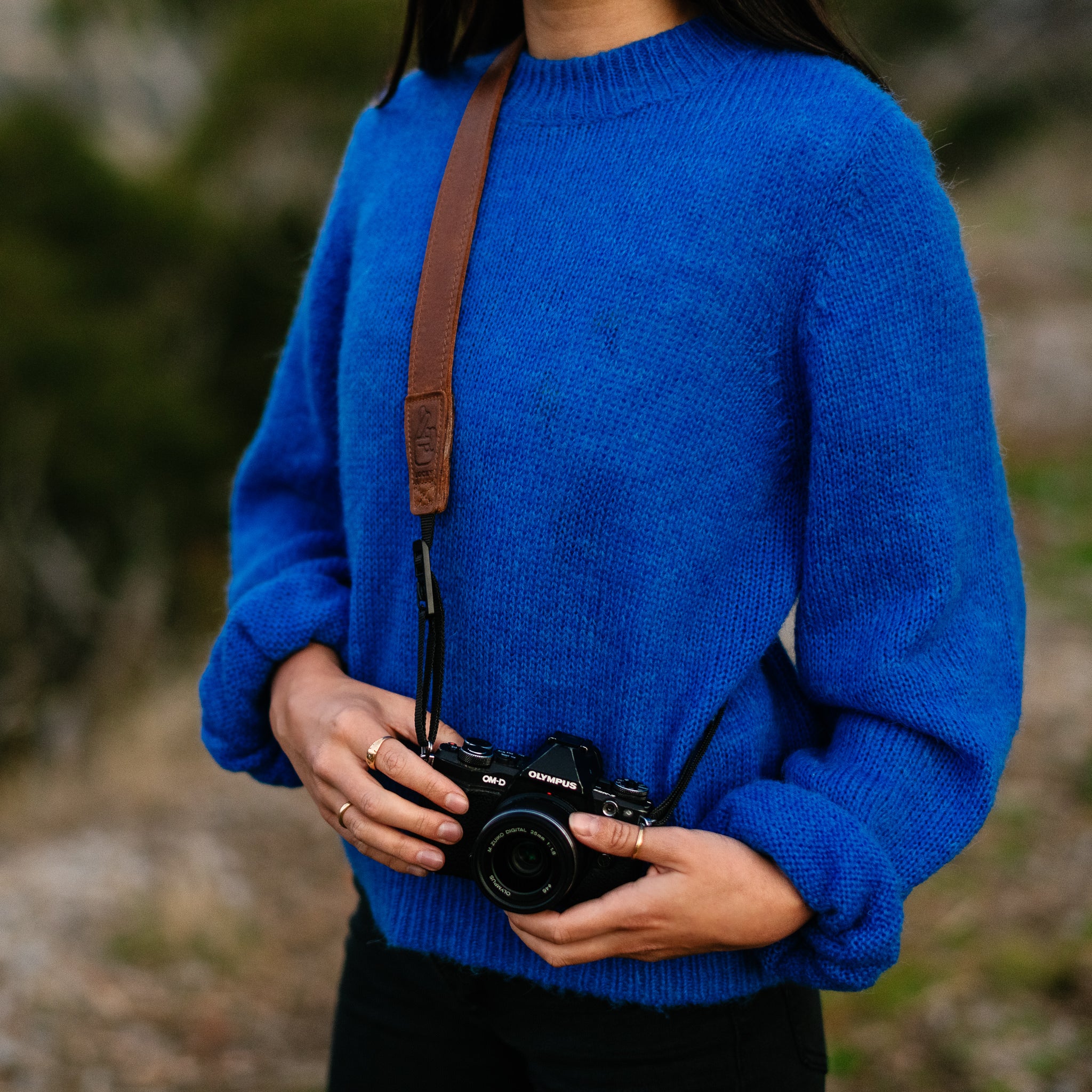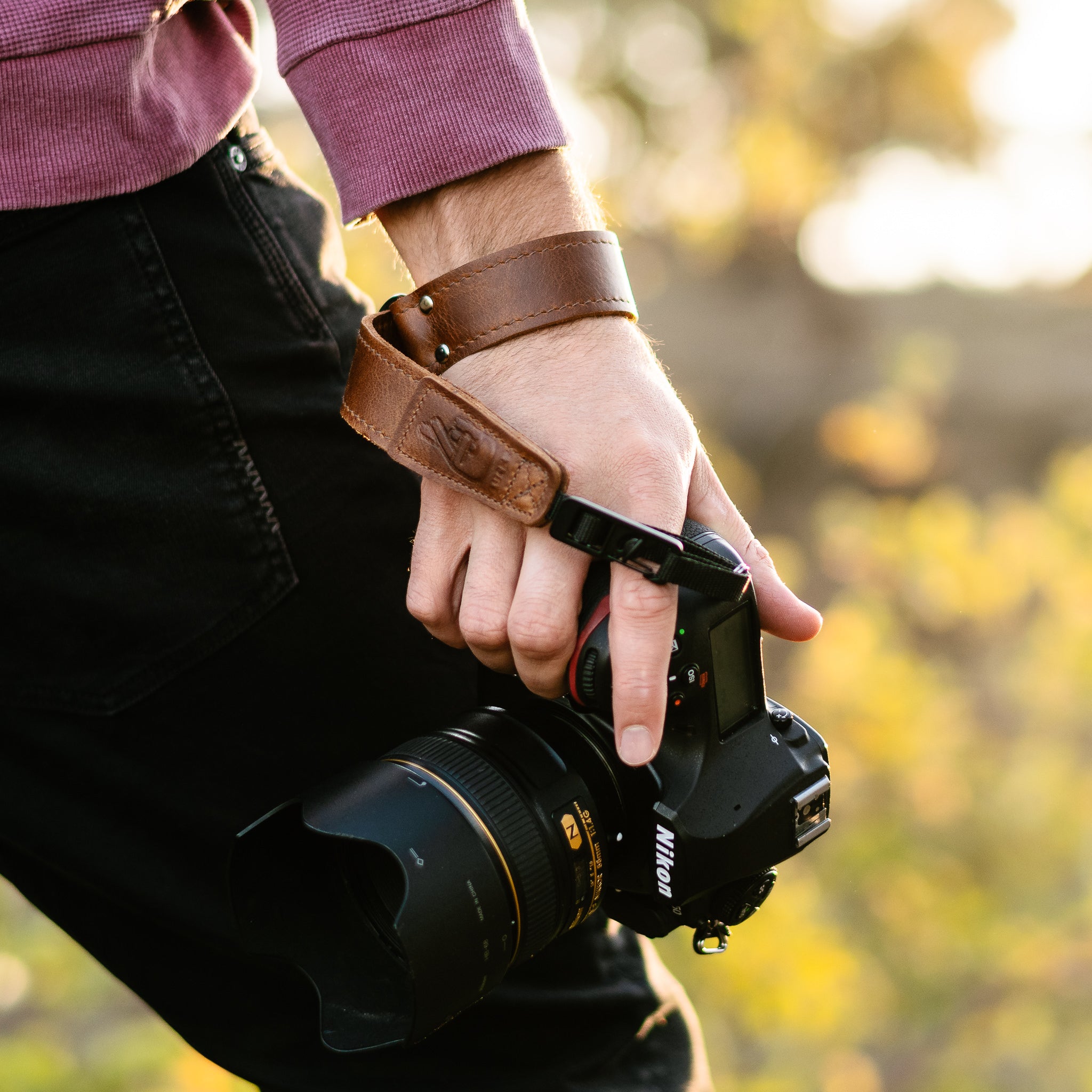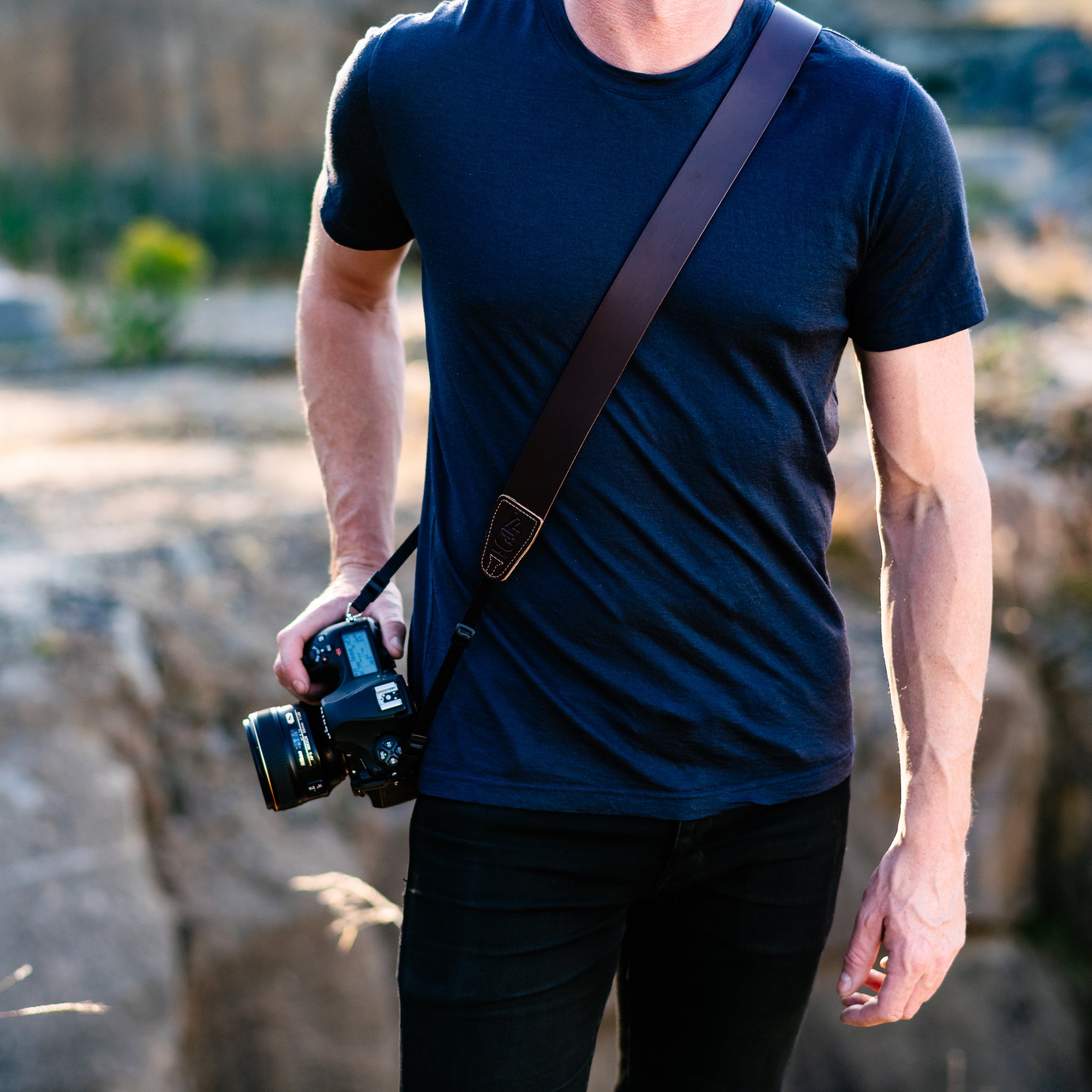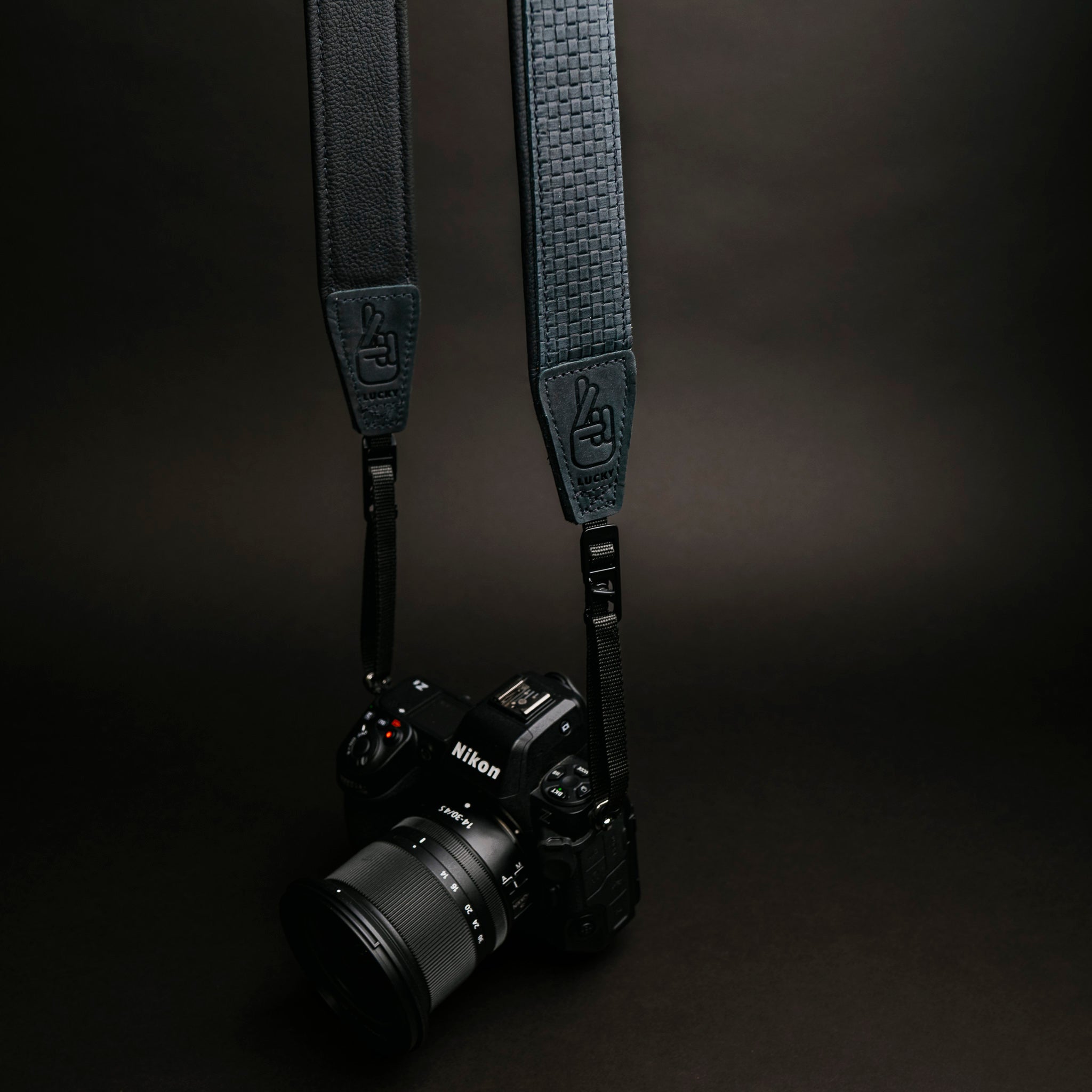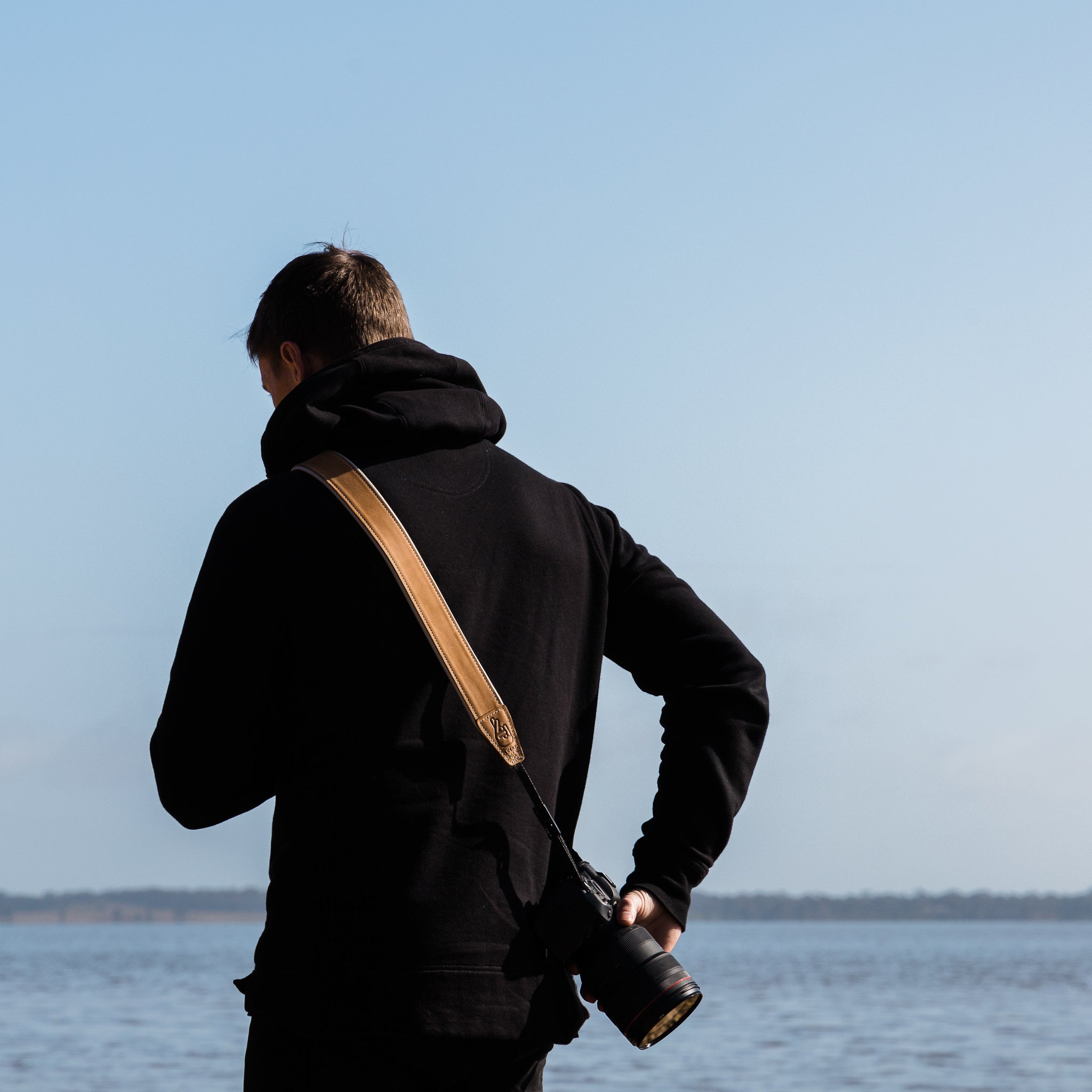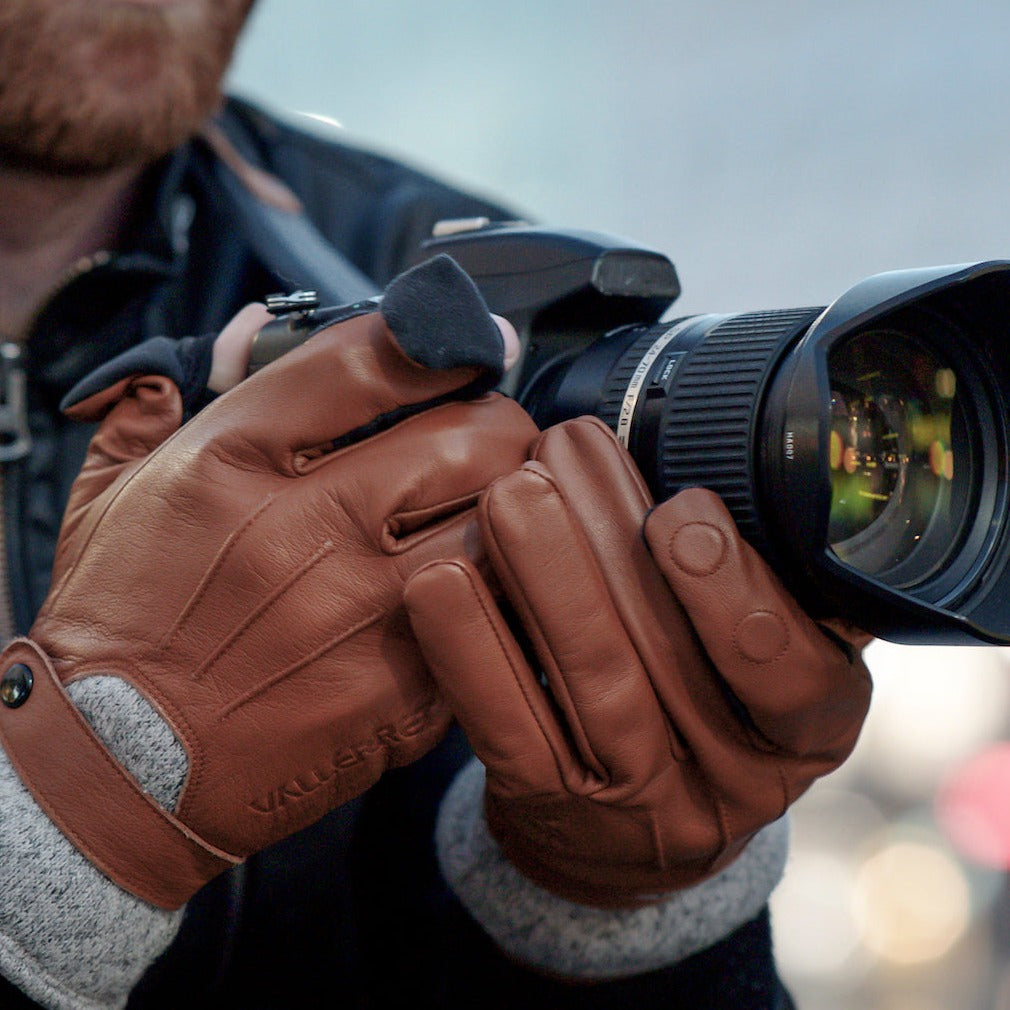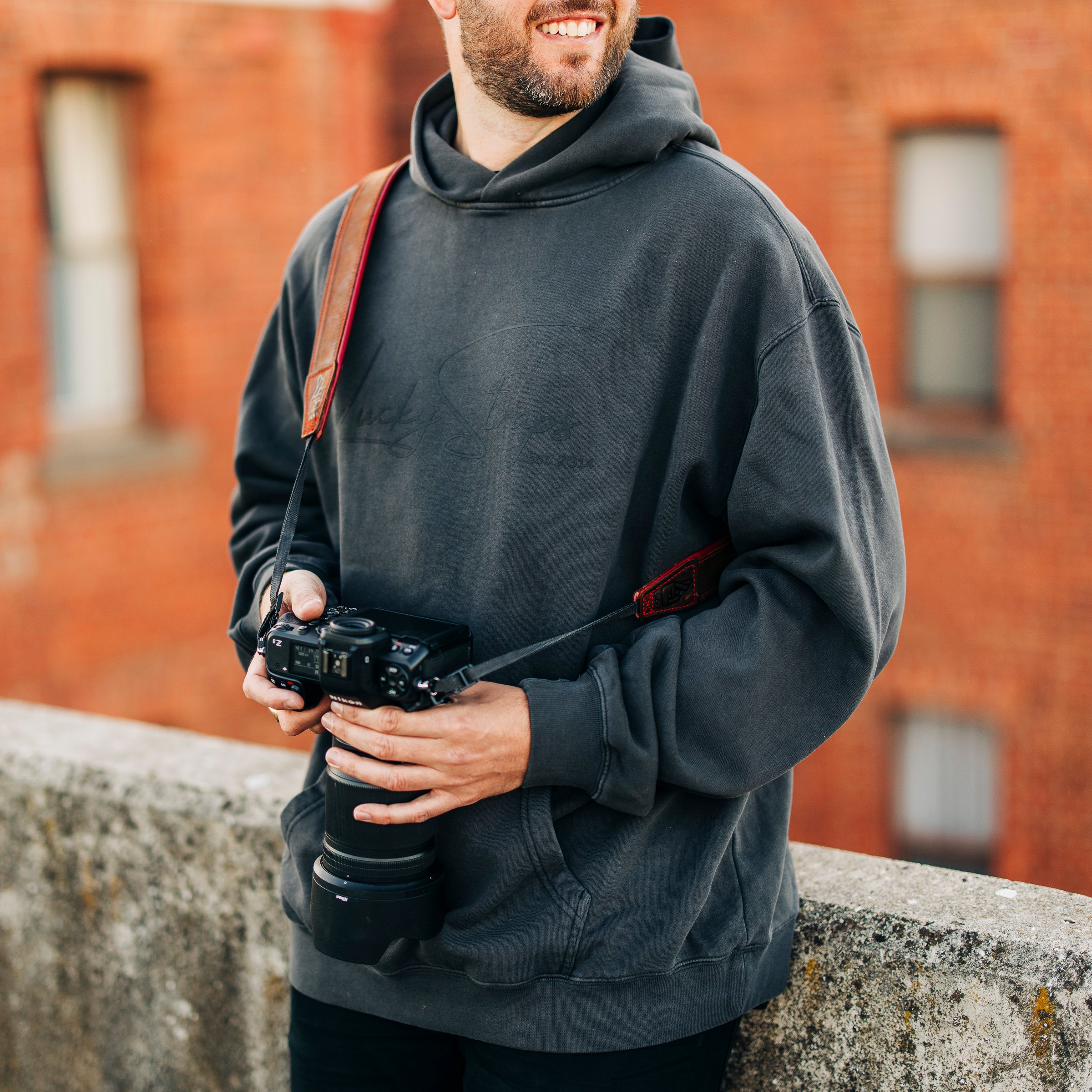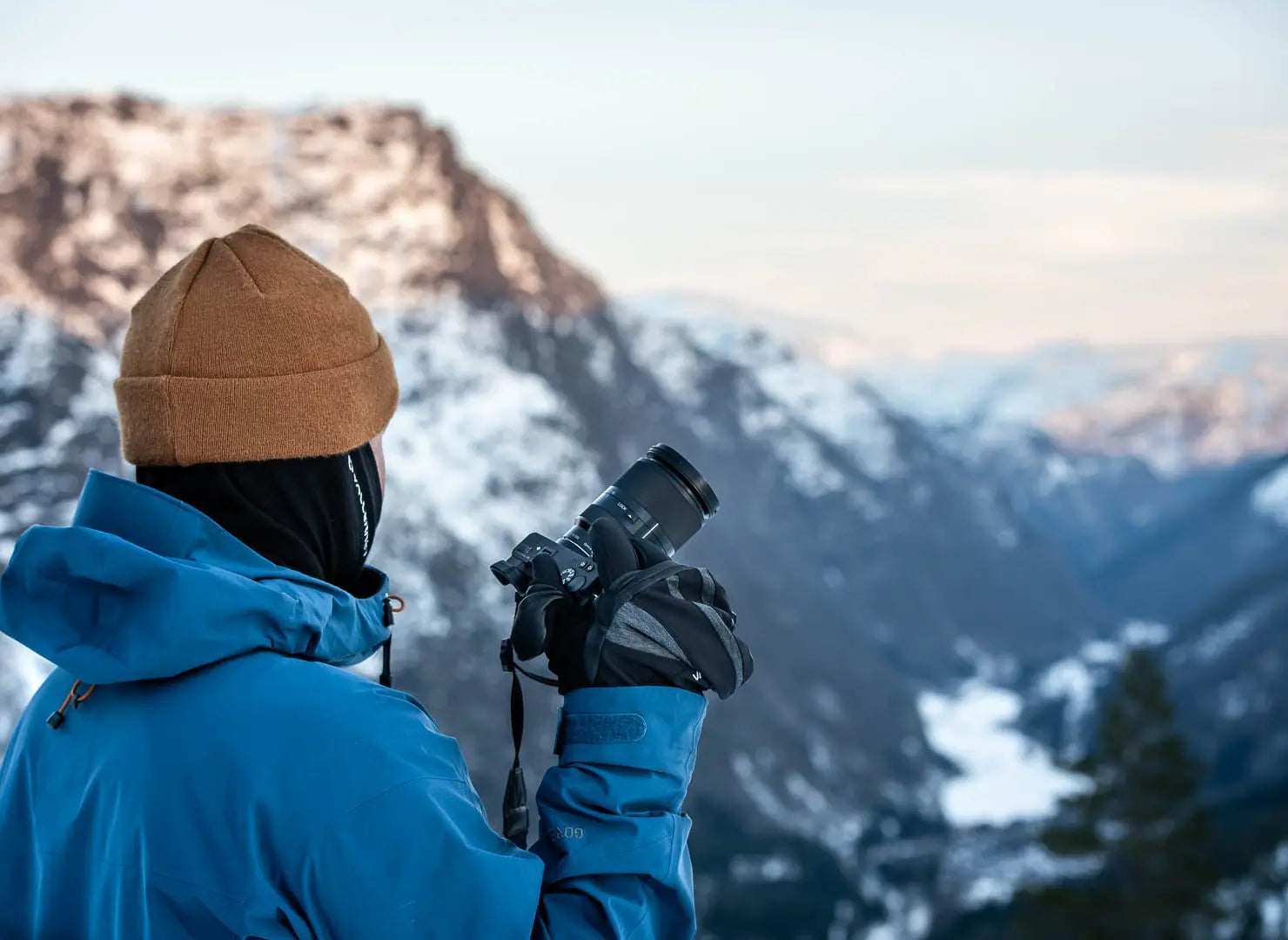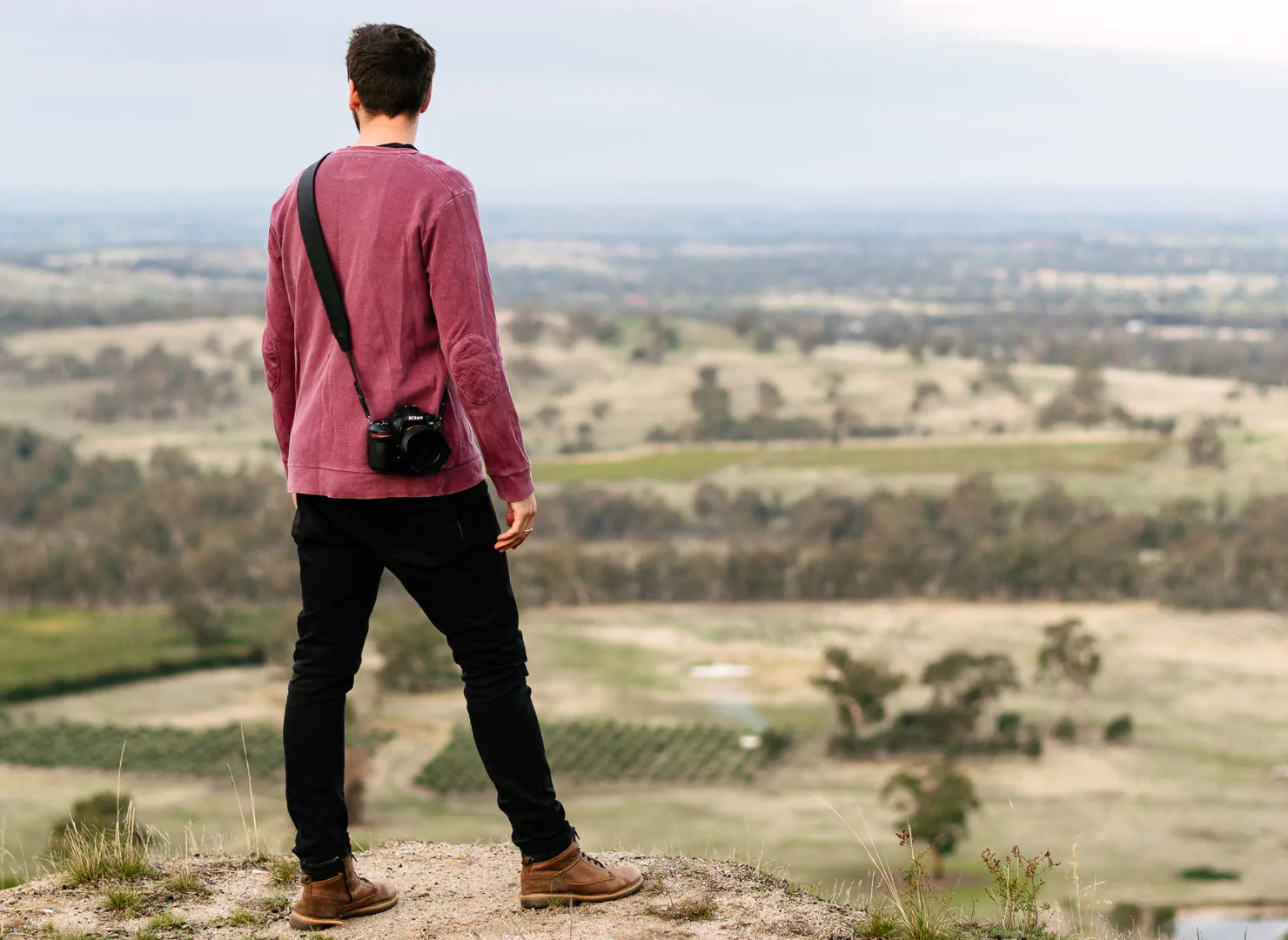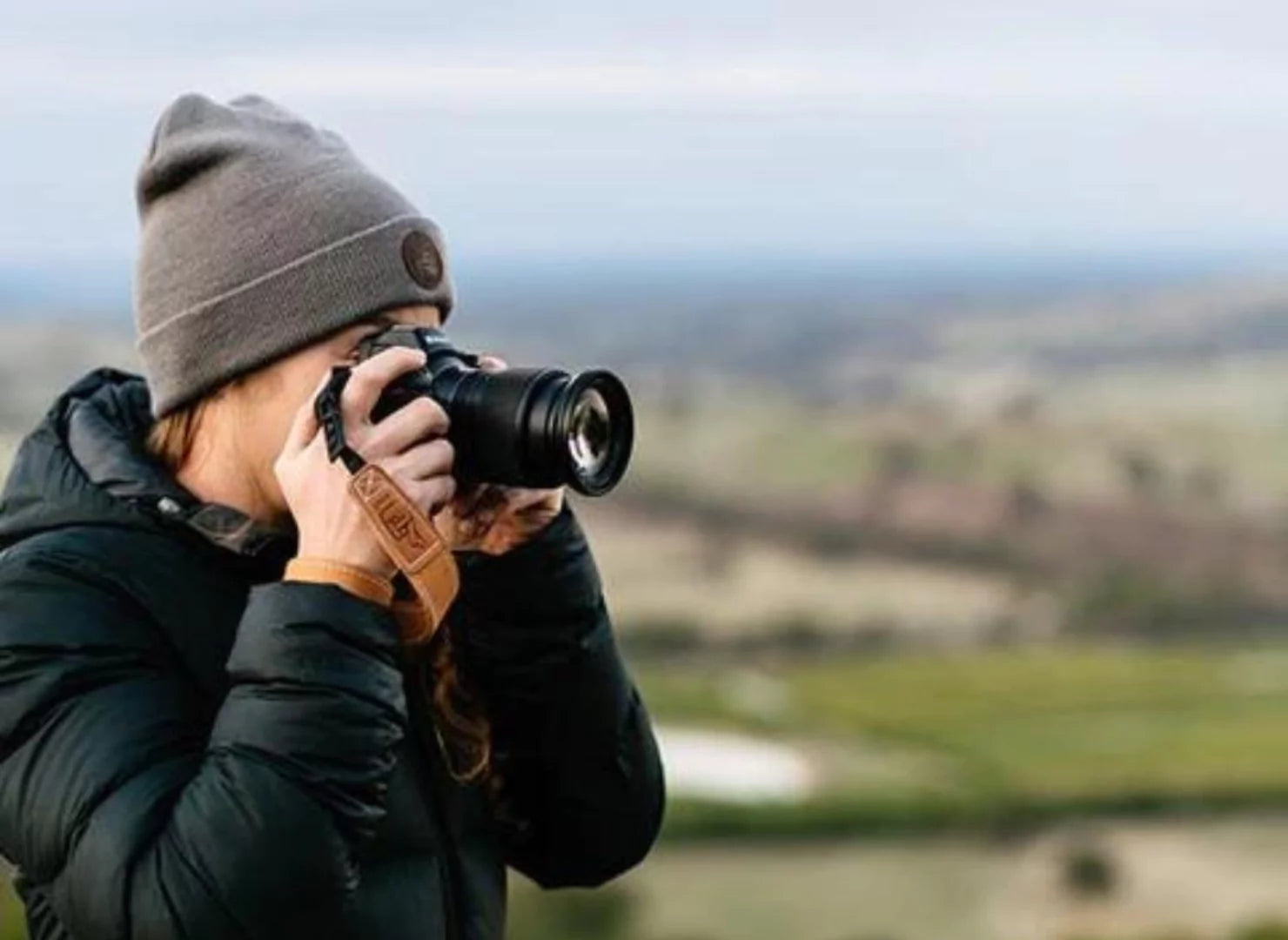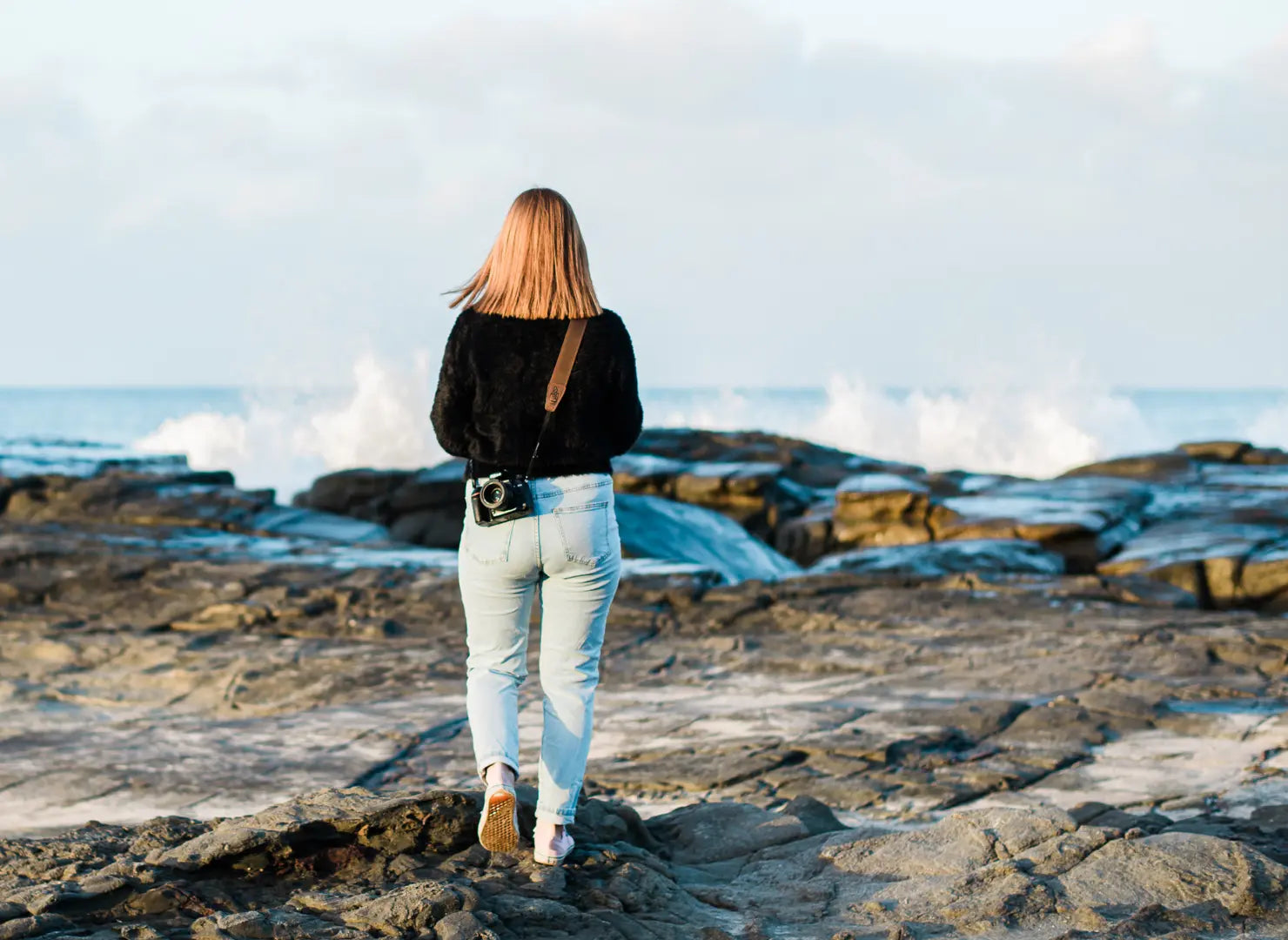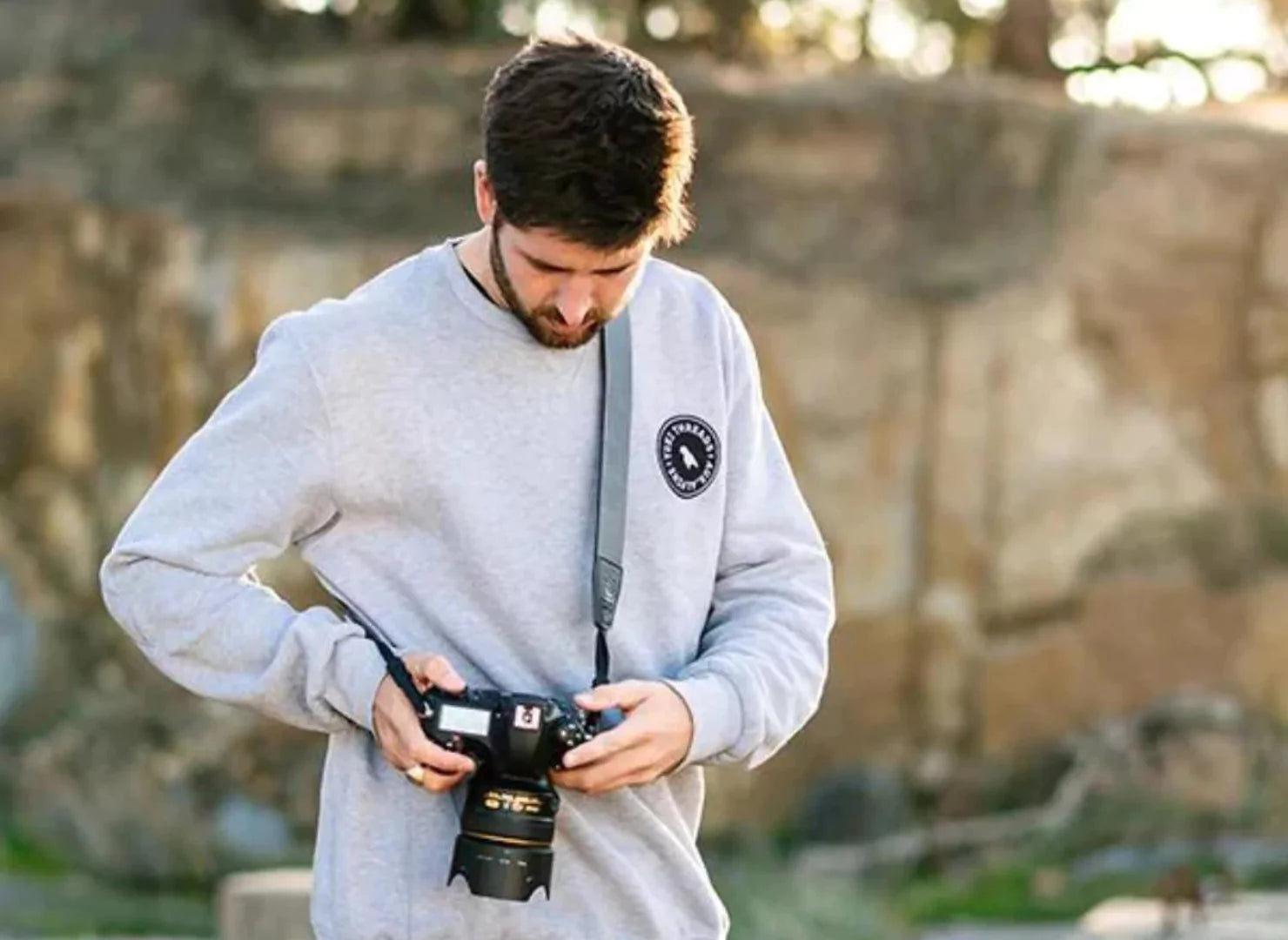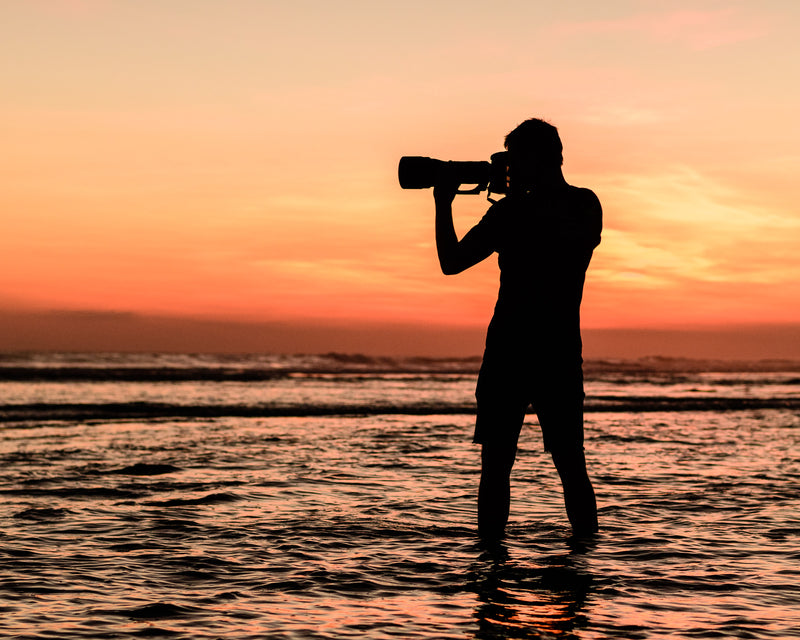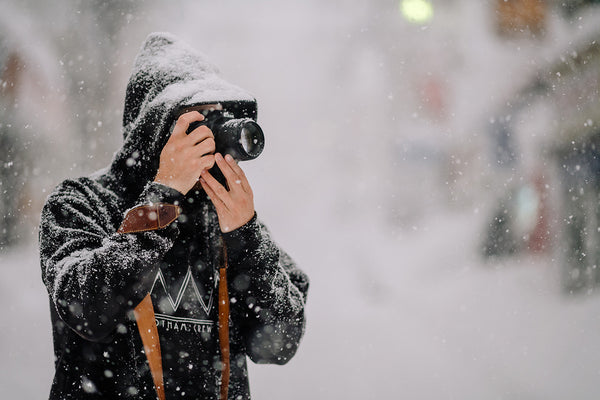Like many photographers I have photographed my fair share of sunrises and sunsets. Whether it is a quick shot on my phone during a morning workout, a planned hike to a sunrise lookout while on vacation, or the countless photos of couples at sunset during my career as a wedding photographer.
While I have always been captivated by their fleeting beauty, it was only recently that I discovered how important they are for our health.

You may have heard the term Circadian Rhythm before. It refers to our body's natural sleep/wake cycle and the primary driver for this cycle is the eye's exposure to light.
In a recent podcast episode and series of posts Andrew Huberman (Professor of Neuroscience and Lab Director at Stanford University) explained how beneficial it is to view the sun specifically at the two times of day when the sun is at a low solar angle.
The benefits of a consistent sleep cycle based around the daylight hours are well documented. From improved immune and metabolic functions to increased energy levels and learning abilities there are many ways to improve your quality of life while also doing something you love.
Now of course you don’t have to actually take your camera out during every sunset to get these benefits, but if you are making the time to view them and you are passionate about photography then why not take the opportunity to shoot during the best light of the day and improve your skills.
It’s also quite tricky for many of us to get out early enough to see the sunrise, so what do we do?
Huberman explains that just getting plenty of outside light exposure within 4 hours of waking is the goal, then use sunset to anchor your body’s clock and signal that the day is ending and it’s time to get ready for sleep.
He goes into detail about how important sunset is during the 80min podcast but I have embedded the video below at the relevant timestamp.
Here are some key takeaways that I got from the Huberman Labs Podcast Series (4+ hours in total - scroll down for full episodes)
- Regularity is important, try to see them most days if you can but don’t worry if you miss one every now and then. Again photographing every one isn’t critical but it’s a good way to ensure you build the habit.
- 2-10mins is enough exposure for your body to trigger these circadian cues
- Viewing through a window is not the same and can take up to 50x longer to see the same effects, get outside!
- Viewing through glasses/contacts is ok as they focus the light to the retina. While using your camera most of your time isn’t actually spent looking through the viewfinder so this is also ok.
- Don’t stare at the sun or any light that is painful to look at, it is not needed and can be very dangerous to your vision.
- It can be cloudy and dim out and you will still get the same benefits, it just may take a little longer
So there it is, photography at sunrise and sunset isn’t just a hobby or a reason to buy that new carbon tripod, it’s actually a wonderful way to get your body in tune with nature and improve your health through better sleep.
If you are interested in learning simple ways to improve your sleep, check out this article - 7 Quick Tips to Improve Your Sleep
Here are the three complete episodes about sleep in order from the Huberman Labs podcast:

